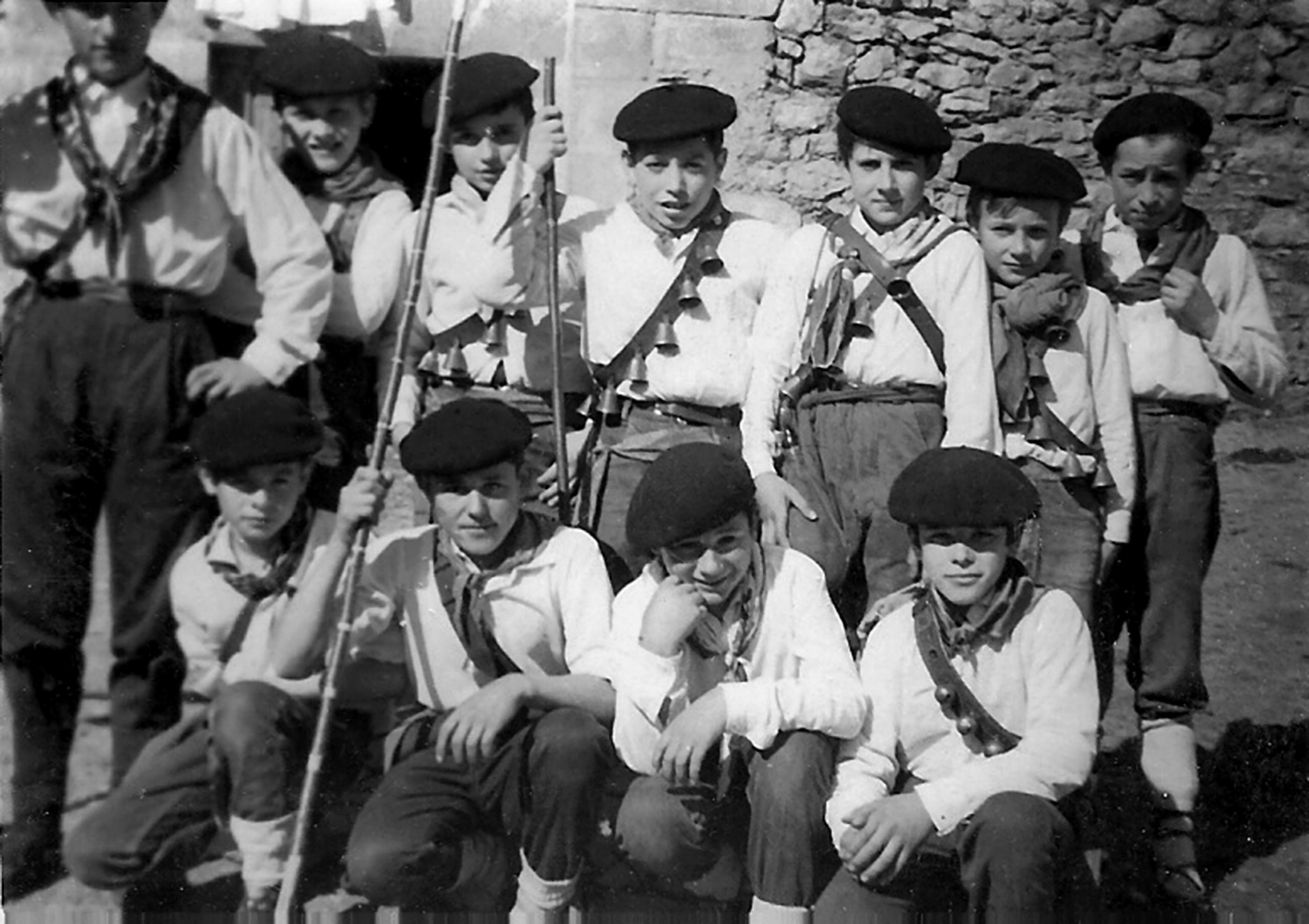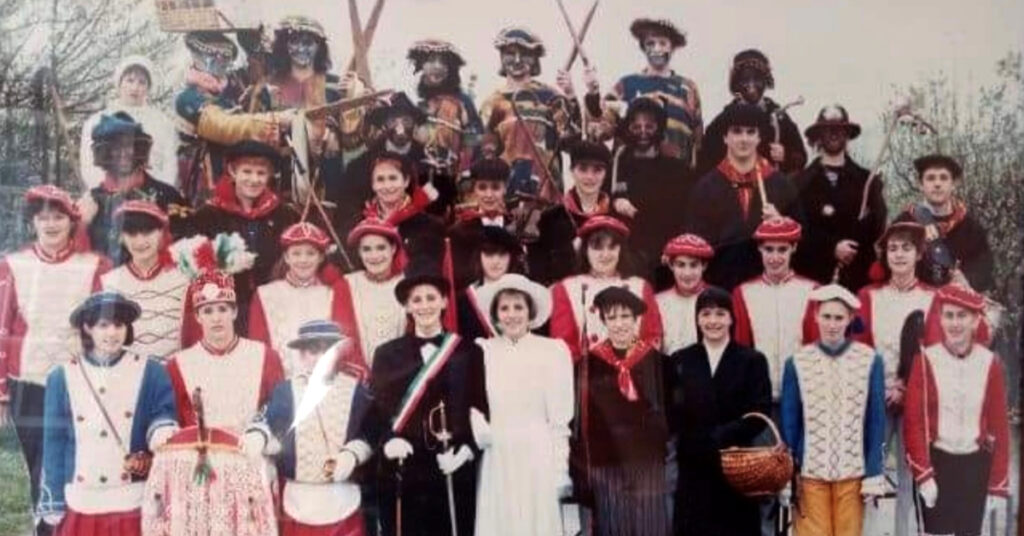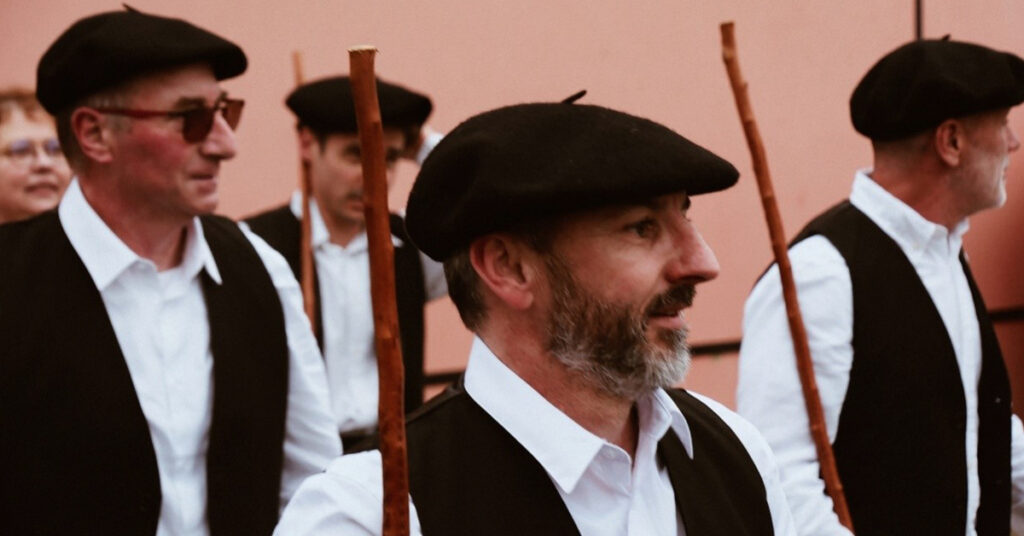Archives
Masquerades are the traditional carnivals of the Soule region or Zuberoa as it is known in Basque. Society is divided into two groups in the masquerades. On the one hand, the reds, who represent the good, honourable and formal society. They include the five main characters: the lord and the lady, the peasant man and woman, and the marshals. On the other hand, there are the unscrupulous, unkempt and dirty blacks. That group includes the gypsies, who have been settled in Zuberoa since time immemorial, even though society would continue to harbour prejudices for ages. There are also the characters depicting trades of old: swords sharpeners, horse gelders, or the boilermakers who repaired leaky boilers. In addition to reflecting society, the masquerade aims to be satirical and criticise it.
Innovation could be said to have come tradition at the Hartzaro festival in Uztaritze. The local residents have chosen carnival time to hold the annual festival for the last 28 years. Even though the Pyrenean bear did not hibernate last winter, the festival has celebrated its awakening in fine style.

Marzas singers from the neighbourhood of Matienzo in the Valley of Carranza (Bizkaia) in the mid-1960s. Courtesy of Miguel Sabino Díaz.
Located in the westernmost end of the district of Encartaciones in Bizkaia, the wedge-shaped Valley of Carranza is bounded by the autonomous community of Cantabria and the Merindades of Castile. It is the last tract of Basque land to see the sun set and the first to feel the rain fall when storms arrive. The vastness of the Valley together with its centuries-old isolation might perhaps have contributed to the development of a strong cultural identity. (more…)

Holly branches with berries. José Ignacio García Muñoz.
Traditions observed during the Christmas period from St Thomas’ Day, on 21 December, to Three Kings’ Day, on 6 January, have undergone significant changes in recent years.
In the not too distant past Christmas celebrations were characterized by a warm family environment and a deep religious significance. This last connotation is fading away, as happens with Easter, now more of a spring break. (more…)




